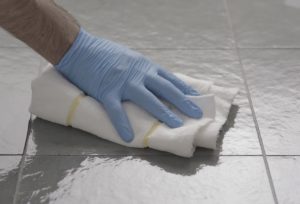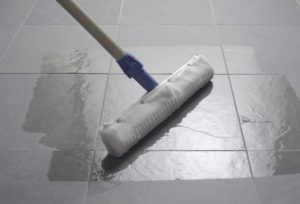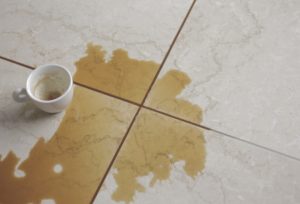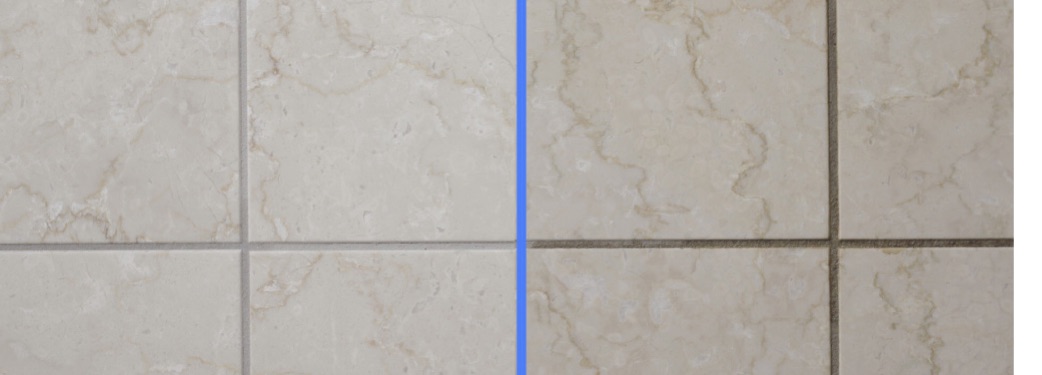Cleaning alone can remove more than half of harmful germs
Suddenly and unexpectedly, hygiene has become a top life priority. Clean spaces directly contribute to personal health, even affecting our ability to work, go to restaurants and gather with family and friends.
The Centers for Disease Control and Prevention (CDC) present clear guidelines for cleaning and disinfecting household surfaces. According to the CDC, cleaning “refers to the removal of germs, dirt and impurities from surfaces. It does not kill germs, but by removing them, it lowers their numbers and the risk of spreading infection.”
Disinfection, on the other hand, is defined as “using chemicals to kills germs on surfaces. This process does not necessarily clean dirty surfaces or remove germs, but by killing germs on a surface after cleaning, it can further lower the risk of spreading infection.” The CDC further specifies that if surfaces are dirty they should be cleaned using a detergent or soap and water before disinfecting.
Why is cleaning surfaces before disinfecting them so important? Nicola Brunello, Technical Assistance and Training Manager at Fila Surface Care Solutions explained, “It’s useless to disinfect before cleaning surfaces because through the cleaning process we actually eliminate the habitat where germs and bacteria grow.” Maria Soranzo, Fila’s Head of Research and Development, further reported, “Cleaners can remove up to 70% of germs and bacteria due to the chemical synergistic action of the cleaner and the physical tool used for cleaning.” In fact, dirt on a surface can actually cover up germs, and killing them becomes more difficult.
Clean first

Here’s how to proceed. First, it’s important to consider the type of material. Choose a cleaning product that suits the surface; it’s certainly not worth ruining a beautiful granite countertop with the wrong cleaner. Neutral cleaners work best on delicate surfaces, especially when they don’t leave a residue, since residue creates a nesting ground for germs. While cleaning products that are diluted in water are perfect for cleaning floors with a mop and bucket, let’s face it – most of us don’t mop on a daily basis, and that can’t become an excuse for not cleaning at all. That’s why ready-to-use spray cleaners are such a great option for those spills on counters, tables, desks and even for spot cleaning tile, stone and wood floors. On heavily-touched surfaces, a spray grease remover works wonders.
Disinfect


Disinfection is certainly appropriate in many cases, particularly when trying to eliminate the possibility of catching a virus from an infected person. However, when using harsh chemicals like chlorine or ethanol, checking the product’s compatibility with the material is key in preventing damage to those household surfaces we hold dear.
Prevention
Speaking of prevention, now that we know stains attract germs, wouldn’t it be nice to prevent stains in the first place? That’s where surface treatments come into play. While dirt rests on the surface, stains penetrate, making them more challenging to remove.


Brunello explained, “Treatment is usually carried out on absorbent materials such as natural stone, concrete and even the grout we have on tiled wall and floor coverings throughout the house. Sealers, water and oil repellents penetrate deep into the material and create a barrier against the absorption of stains.” Once the material is protected, everyday maintenance through cleaning and disinfecting is a walk in the park.”
It’s always important to keep surfaces clean, but this time it’s more important than ever. To keep living spaces clean and healthy, let’s take home the tips from the experts.
- Always clean before disinfecting with a cleaner that is appropriate for the material.
- When you disinfect, check to make sure the chemicals won’t damage the surface.
- Whenever possible, prevention through surface treatment is the best policy.









